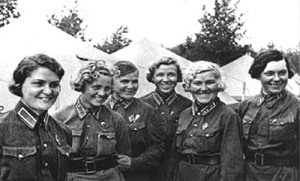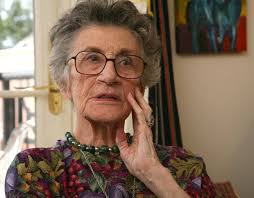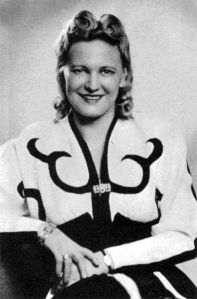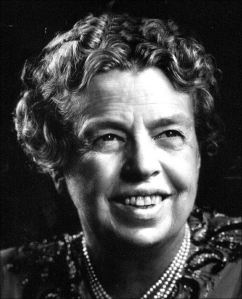
The WASPs of the United States Air Force had an interesting Soviet counterpart—the daring female fighter pilots known as the Night Witches. And unlike the American women who were limited to a civilian status despite their important work, the Night Witches were an official part of the military and engaged in dangerous activities like dropping bombs and harassing enemy planes. The pilots flew mostly small, old-model bi-planes constructed out of wood and canvas, only big enough to carry six bombs at a time and with engines slower than the idling speed of the larger German planes. The girls performed such daring maneuvers as cutting their engines to reduce the noise and gliding to the bomb drop point unheard. They usually had to make several trips out each night and flew without the reassuring back-up of a parachute because their planes flew too low for a parachute to open on the way down. The brave women of the 588th Night Bomber Regiment (their official name) went on an estimated 23,000 sorties and dropping about 3,000 tons worth of bombs during the war. Each pilot flew over 800 missions herself, an astounding feat for a woman in a tiny bi-plane, and it is no wonder they were the most decorated female unit of the Soviet Air Force, with twenty-three Hero of the Soviet Union titles. The brave women of the Night Witches were instrumental in defeating Hitler in World War II, taking on the most daring and dangerous of missions to ensure victory. The gave all of their skill, courage, and grit to their work, and thirty of them even gave their lives. Today the Night Witches are recognized as an important piece of both Russian and women’s history, inspiring women who made a difference.
Today, be inspired to…Do your part. The Night Witches didn’t win the war on their own, but it probably couldn’t have been won as quickly without their help either. It takes a lot of people pulling together to accomplish something.
Photo credit: madefromhistory.com



